Welcome to Höll: The climb that will decide the men’s World Championships road race
Nowhere to hide on brutally steep climb
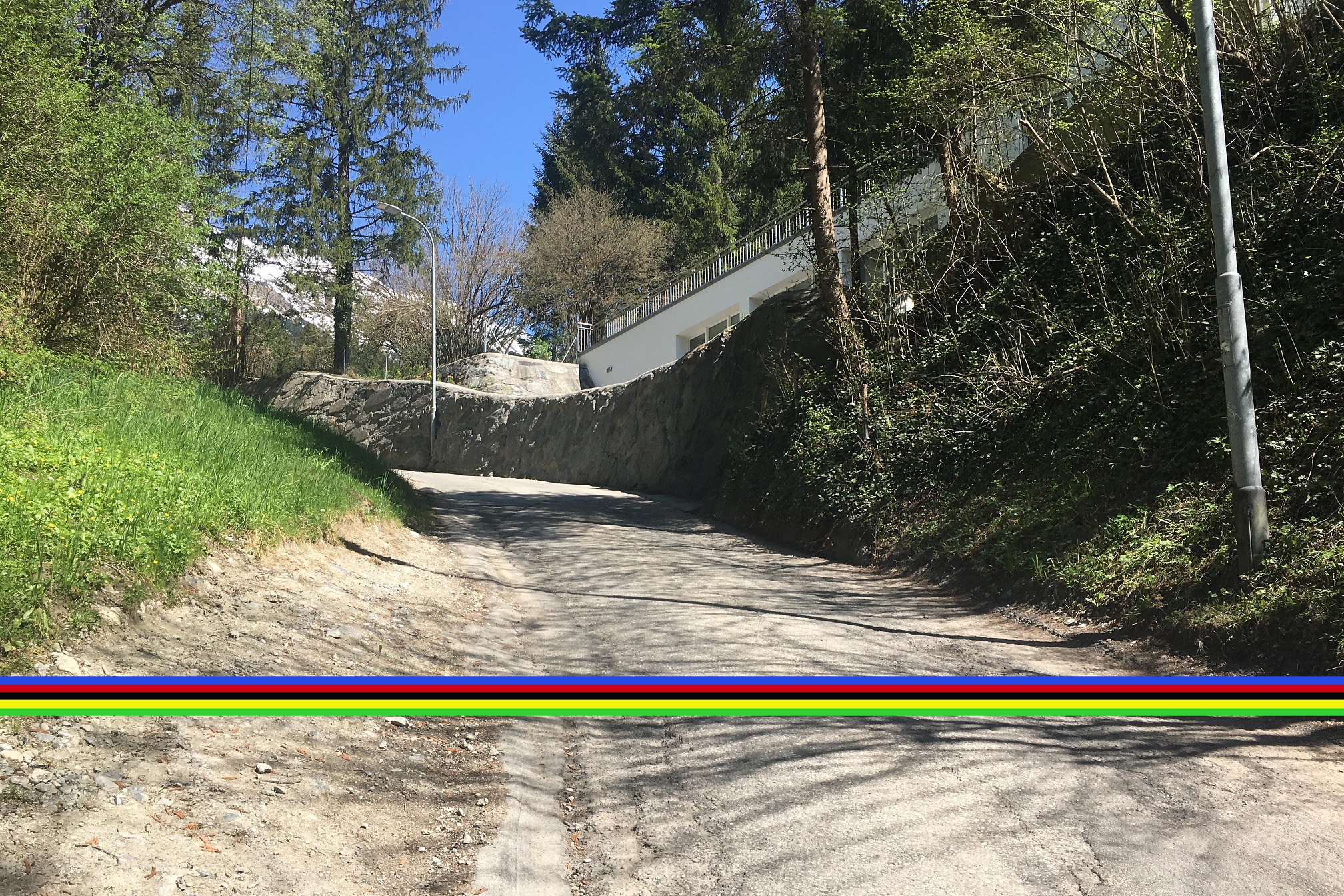
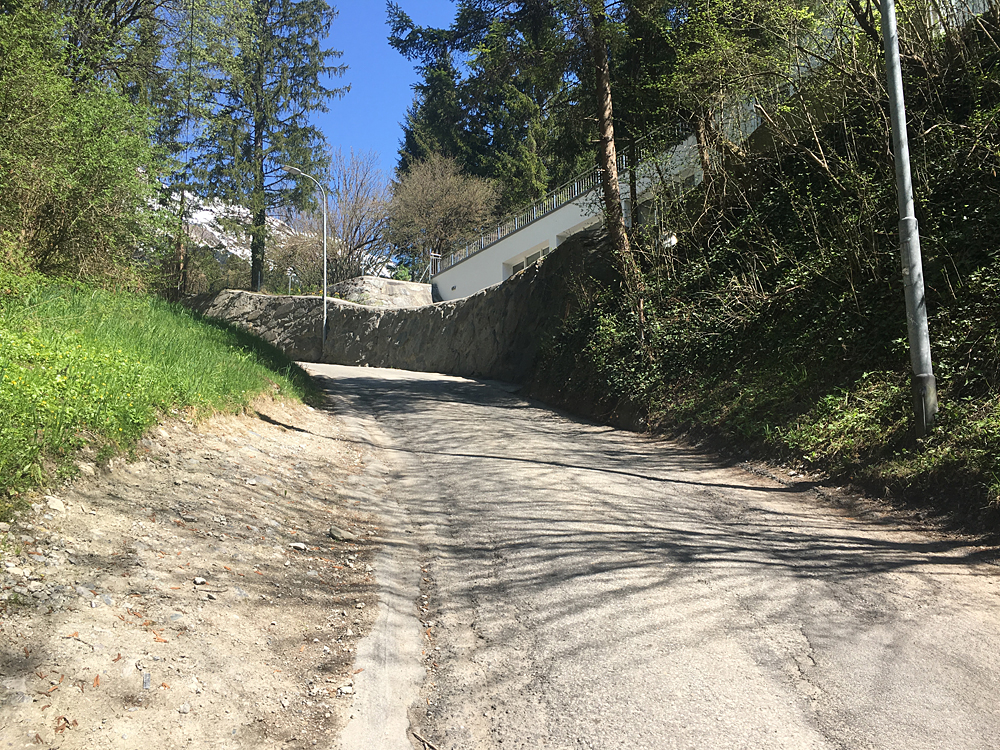
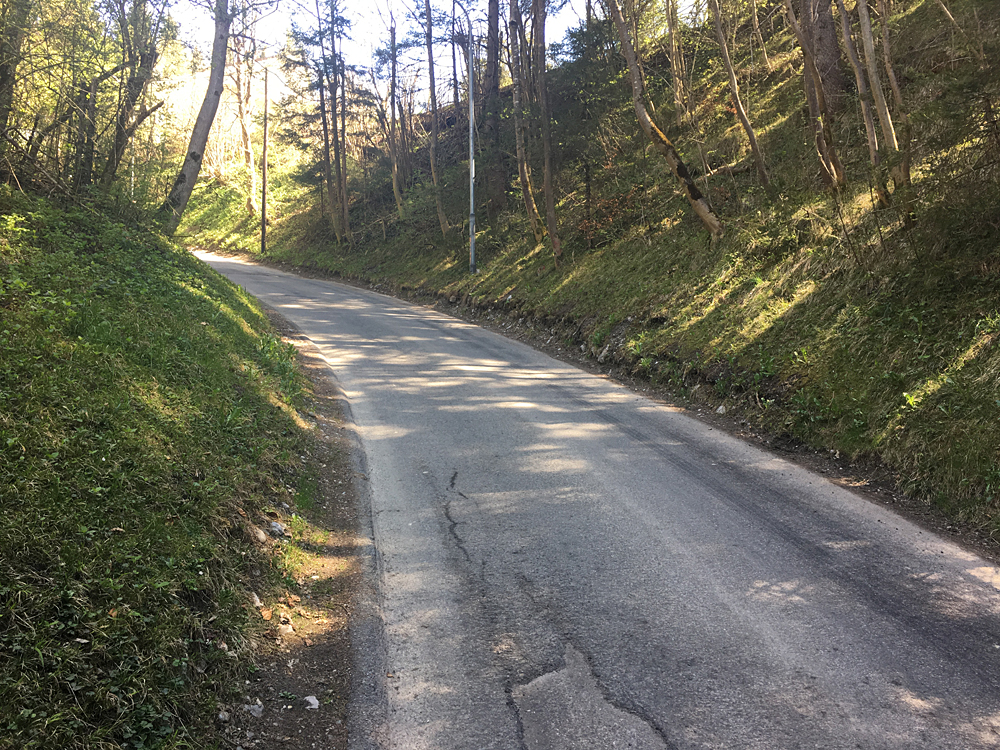
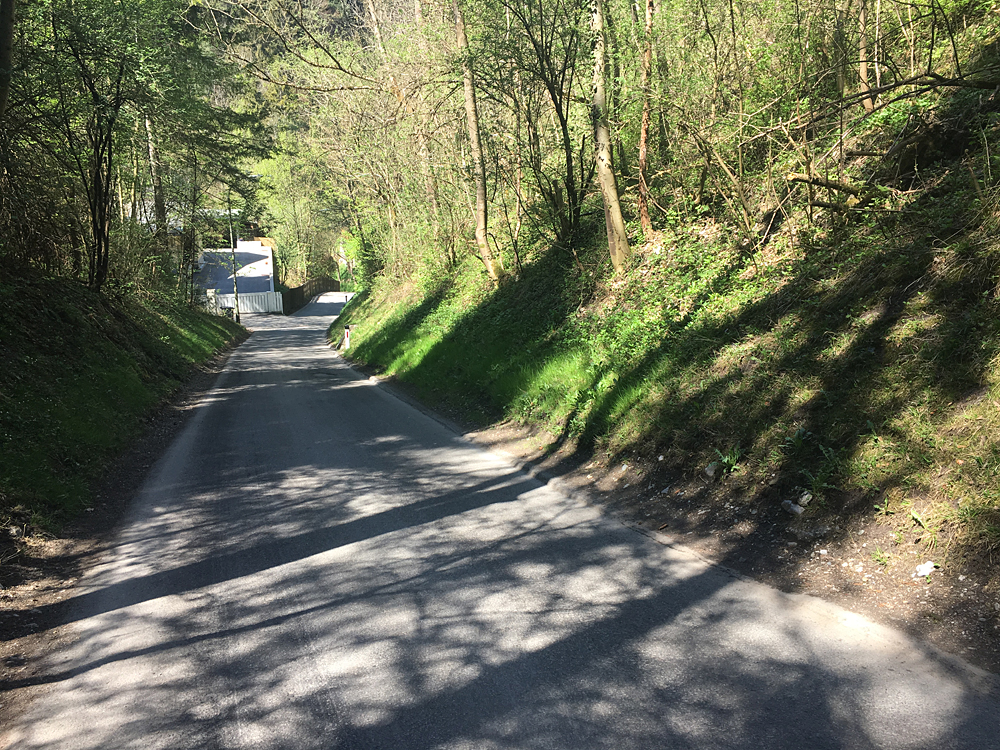
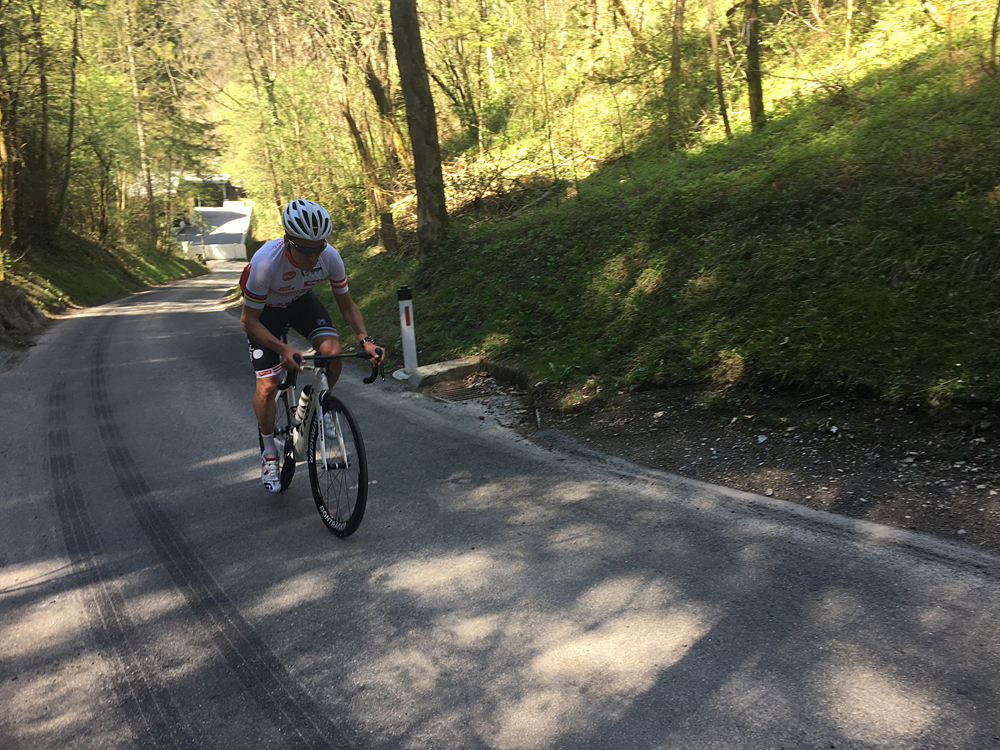
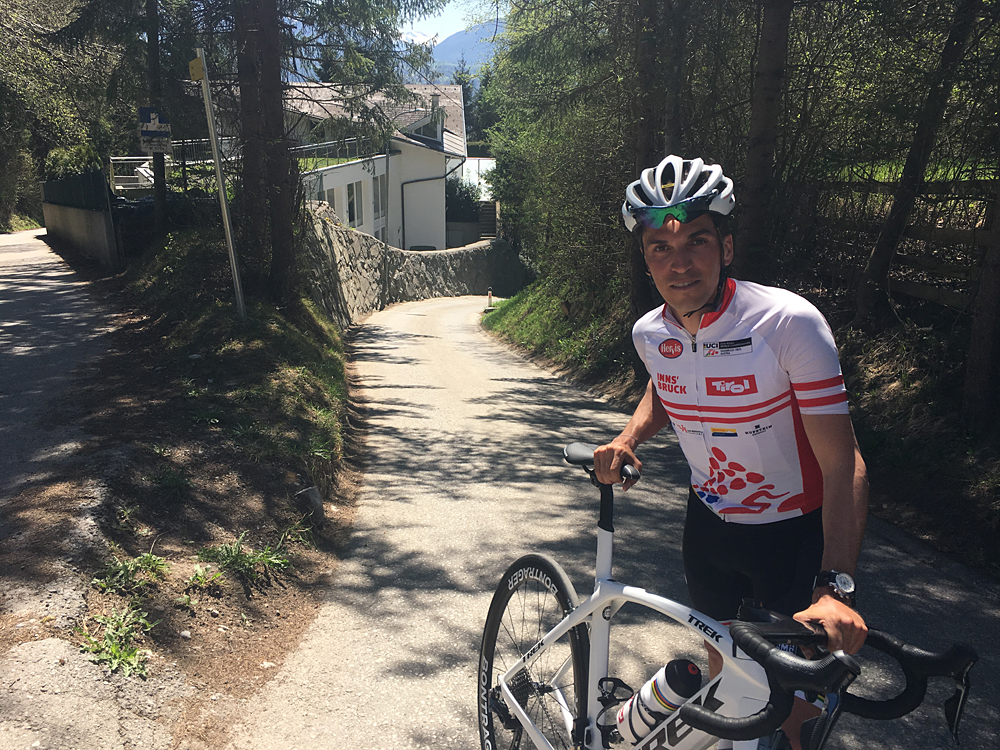
The 258.5km elite men’s road race course at the 2018 UCI Road World Championships in Innsbruck includes 4,670 metres of climbing. That places it only 10th in the UCI’s list of Worlds with the most elevation gain, over 1,000m less than the 1966 Nurbergring race in Germany. However, this year’s road race is widely being touted as the hardest World Championships ever because of the final climb of the race, the final sting in the tail: Höttinger Höll.
The climb of Höttinger Höll is only 2.9km long but has a terrible final kilometre with sections over 20 per cent and a false flat that gives little chance to recover. Whoever manages to open a gap over the top of the climb can dive down the twisting descent to the centre of Innsbruck and win the world title, perhaps alone or from a very select group.
The Höttinger Höll can be compared to the Mur de Huy climb that decides Flèche Wallonne, or the Côte de Saint-Nicolas that is often a launch pad for the winning attacks at Liège-Bastogne-Liège. But it is longer, and also steepens more and more as it winds through the trees and points up towards the Karwendel Alps. The average gradient is ‘just’ 11.5 per cent but one section is at 28 per cent.
The Road World Championships have never ended with such a steep climb. It will be a fight against gravity and fatigue.

"There will be a group of 40 or 50 riders at the foot of the Höll climb, some will be forced to walk up the final part, while fewer than 10 will emerge and fight for the rainbow jersey down in Innsbruck, and perhaps a rider can even win alone," former Milram and RadioShack rider Thomas Rohregger predicts.
Rohregger is a technical advisor to the Innsbruck local organising committee and the UCI. He lives nearby and came up with the almost sadistic idea of including the climb as a finale to the men’s road race.
"I think it’s the hardest Worlds ever because the 258.5km route also includes seven laps of the Olympic circuit, which has an eight-kilometre climb and a fast descent to the Bergisel ski jump and the finish area near the Landes Theater and the Imperial Palace. Of course, the weather could make it even harder…”
Get The Leadout Newsletter
The latest race content, interviews, features, reviews and expert buying guides, direct to your inbox!
In recent months a number of possible contenders have travelled to Innsbruck to ride the Olympic circuit and especially the Höll. All were left shocked by the steep gradient and the huge effort needed to reach the top. Some suggested the climb is too extreme for a World Championships but made sure they will have a gear low enough to ensure they reach the top.
"For sure it’s at the limit of what is acceptable and I know some riders think the Höll climb is too much," Rohregger accepts. "But it’s a one-day race and when we designed the course we asked ourselves what could be the unique selling point. I always thought about this climb for a Giro d’Italia stage finish but then I proposed it to the UCI and they liked it because it’s unique and spectacular."
A 'three-course' race and seven hours in the saddle
Before the final Höll climb, the riders face seven hours in the saddle, with three distinct parts to the 258.5km course, starting early on Sunday September in the small town of Kufstein, east of Innsbruck. French national coach Cyril Guimard compared it to a hard-to-digest three-course meal.
"There are 85km (plus a 5.6km neutralised section) along the valley, with the Gnadenwald climb as a warm-up climb before entering the circuit," Guimard explained to L’Equipe.
"The main course of the day includes the seven laps of the 23.9km circuit with eight kilometres of climbing at 5.7 per cent on each lap. The dessert is served right at the end and some may find it indigestible," Guimard said of the Höll climb.

Despite his own successful racing career, his third places in the 1971 and 1972 World Championships, and his years as a directeur sportif with Lucian van Impe, Bernhard Hinault, Laurent Fignon and Greg LeMond, Guimard admits the three-part route has left him scratching his head as he tries to decide a race tactic and select his eight riders.
Julian Alaphilippe, Thibaut Pinot and Romain Bardet have emerged as team leaders and Guimard has selected a team that can protect their chances on the Olympic circuit.
"This is the first year we have this three-part formula, so we’ve been asking ourselves a lot of questions about what will happen. It’s difficult to imagine specific scenarios on this circuit," he said.
"We’ll focus more on a philosophy than on mathematical decisions. To win, you have to have eight united riders. It’s the team that allows the number one to win; it is not the number one that expresses the quality of the team."
Details of the ride to Höll
Cyclingnews got a chance to see the Höll climb with Thomas Rohregger during this year’s Tour of the Alps to understand just how hard it is and how it will decide the elite men’s road race. We saw the 28 per cent gradient first hand and watched while Rohregger suffered in the saddle, confirming just how much it hurts.
The climb of Höttinger Höll is on a back road, a narrow country lane, with vehicle access limited to local residents and cyclists keen to test their climbing ability. It will host a mass-participation hill climb the day before the men’s road race, with 2,000 riders timed on the climb.
"It was created because people came down here from the mountain on their bobsleighs. It’s so narrow and so steep that they called it Höll. It’s an old name but it’s perfect," Rohregger explains after recovering from his own journey up Höll.
The climb measures 2.9km and officially starts with the narrow entrance to Höttinger Grasse after crossing the Inn River. The fight for position at the front will spark an aggressive final descent of the Olympia circuit and through the centre of Innsbruck. It will be very difficult, if not impossible, to make up position once the gradient begins to ramp up.
"There’s an elevation gain of 500 vertical metres, with a maximum gradient of 28 per cent and most of the elevation gain at the very end of the climb,” Rohregger explains, looking back down the road.
"I think there’ll be a big selection over on the Olympic climb because it’s more than seven kilometres long but I think the top riders will make their final move here. If you have the legs and the courage, you can go for it."

Alaphilippe seems the perfect rider for the Höll climb, the fast descent and then sprint finish perhaps contested by a select few riders. However, he and France face major competition from Spain and Alejandro Valverde, and Great Britain with Adam and Simon Yates. Colombia have Nairo Quintana, Miguel Angel López, and Rigoberto Urán, Belgium hope Greg Van Avermaet and Tim Wellens can survive over the Höll climb, while Michal Kwiatkowski and Rafal Majka lead the Polish team. Vincenzo Nibali and Gianni Moscon are likely to lead the Italian team, with Primoz Roglic, Tom Dumoulin, and Michael Woods all dangerous outsiders.
Peter Sagan will defend his rainbow jersey and cannot be ruled out. It is easy to suggest the circuit and the Höll climb will be too difficult for him but if the racing on the Olympic circuit is steady, he could perhaps limit his losses on the Höll climb, close any gap on the final descent to finish and just maybe be there to contest the finish.
"Sagan could perhaps be up there if he’s focused and really wants it," Rohregger suggests.
"I think the Höll suits him because you need to push a lot of watts to get up it and he has the raw power. But he faces some serious competition from better climbers. It suits a lot of riders, from Grand Tour riders to Ardennes Classics winners.
"Whoever hopes to win will have to be on their very best form. There’s nowhere to hide on the climb to Höll."

Thank you for reading 5 articles this month*
Join now for unlimited access
Enjoy your first month for just $1
*Read 5 free articles per month without a subscription
After your trial you will be billed $7.99 per month, cancel anytime. Or sign up for one year for just $79

Stephen is one of the most experienced member of the Cyclingnews team, having reported on professional cycling since 1994. He has been Head of News at Cyclingnews since 2022, before which he held the position of European editor since 2012 and previously worked for Reuters, Shift Active Media, and CyclingWeekly, among other publications.